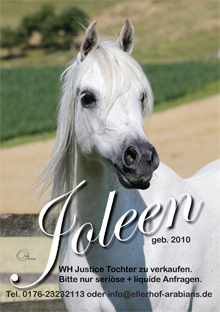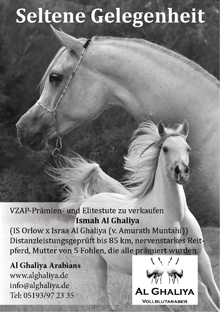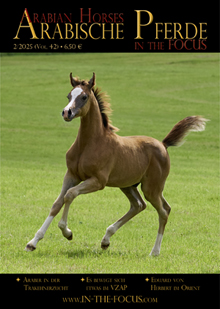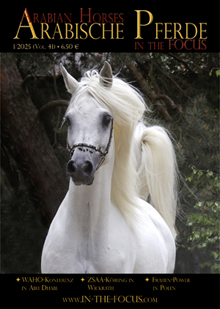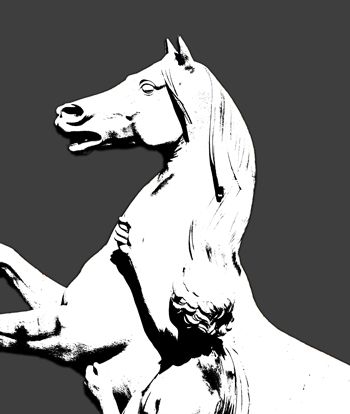
As Arabian horse aficionados, we always like to rave about the horses of the Bedouins, and how the harsh environment and the breeding skills of these nomadic tribes have made these horses what they are (today). And on top of that, some believe that if we only keep the bloodlines pure, then we will also keep the authentic Bedouin horse as it was 200, 500, or 1000 years ago.
Unfortunately, this is only the case on paper, because nature plays all sorts of tricks on the breeder. Gene variants are lost, others are formed anew through mutations. If the environmental conditions are then different from those in the desert, if the applied selection criteria are different from those of the Bedouins and if we strive for completely different use of the horses than the Bedouins did, then sooner or later the horse will change its appearance, change in its interior, but also in its metabolism. It doesn’t help, today we breed “cultural Arabians” and no more desert horses!
If we have followed this discourse this far, we can ask ourselves the question: what makes the Arabian of Russian bloodlines, what makes the Arabians of Egyptian lines? In my opinion, it is the applied breeding selection and the environmental conditions. For the Russians, these were races, which mainly served as a health and functionality check. The aim was to maintain healthy, athletic horses. The racetrack was, so to speak, the substitute for the Bedouin raids. The climate in the North Caucasus is not very “Bedouin-like”, although it can be dry and hot in summer. “Non-Bedouin” is also breeding in large herds, extensive rearing with a lot of exercises but without a very close connection to humans. This creates a very special type of horse that we then bring home – for example to Germany. Here these “Russians” are kept in a similar climate, but perhaps with more stable time and less exercise, with closer proximity to people, but more substantial feed, without a racetrack, but with walks. Let’s think two or three generations into the future – will the product still be a “Russian horse”? Maybe on paper because it has Russian ancestry throughout. But without the same selection conditions, the toughness, endurance, and athleticism will be lost because these criteria are no longer queried and other characteristics gain the upper hand.
The same applies to the Egyptians – here the Egyptian Pashas had already drastically changed the keeping conditions 150 years ago: The Bedouin horse, imported from Saudi Arabia, Syria or Bahrain, was suddenly kept in stables, and if you follow contemporary reports, the Bedouin mares were now standing up to their stomach in their own manure, had no paddock time and were plagued by parasites. European stud managers were hired, who of course introduced European stud management and breeding methods, both of which were far removed from Bedouin traditions. Only the climate in Egypt is a little more “Arab” than in Europe. On paper these horses are “Egyptians”, but Bedouin horses are no longer. And when they come to Europe, all the less, because neither the climate nor the food here is reminiscent of the Arabian Peninsula.
We have to come to terms with this: we cannot breed “Bedouin horses” here, we breed cultural Arabians. When we have come this far, the question arises – whether “purity” still plays such a big role? Everyone can answer this question for themselves.
Gudrun Waiditschka








